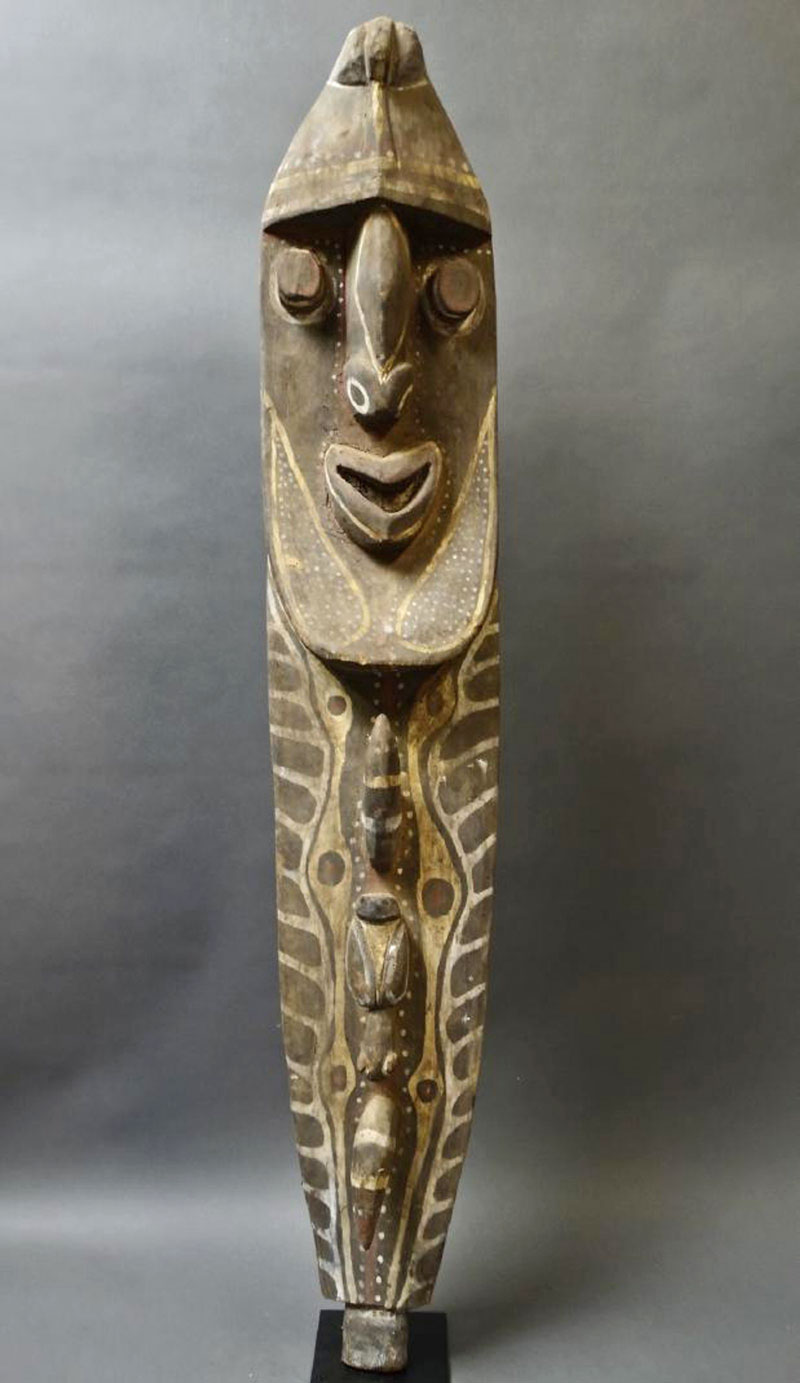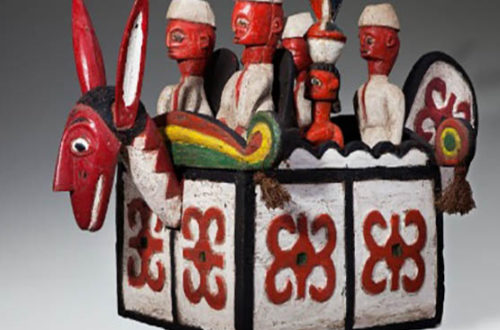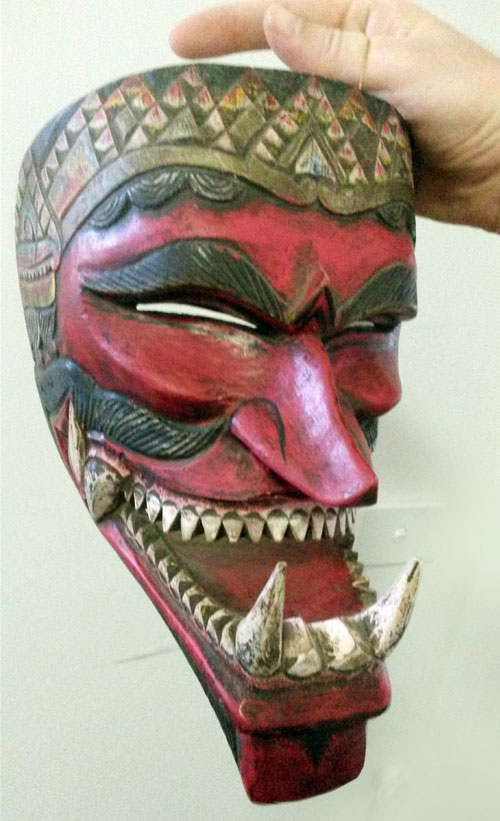 The Chhau dance is a semi classical Indian dance with martial, tribal and folk traditions, with origins in the Purulia district in West Bengal. The dance ranges from celebrating martial arts, acrobatics and athletics performed in festive themes of a folk dance, to a structured dance with religious themes. The stories enacted by Chhau dancers include those from the Hindu epics such as the Ramayana and the Mahabharata.
The Chhau dance is a semi classical Indian dance with martial, tribal and folk traditions, with origins in the Purulia district in West Bengal. The dance ranges from celebrating martial arts, acrobatics and athletics performed in festive themes of a folk dance, to a structured dance with religious themes. The stories enacted by Chhau dancers include those from the Hindu epics such as the Ramayana and the Mahabharata.
Purulia Chhau Dance is listed on UNESCO’s world heritage list of dances. Traditionally, the chhau dance held in the mid march when one agricultural circle end and a new circle begins. Purulia chhau dancer were the earthy and theatrical mask which represent the mythological characters.
The making of a mask goes through various stages. 8-10 layers of soft paper, immersed in diluted glue, are pasted one after another on the mold before the mud mold dusted with fine ash powder. The facial features are made of clay. A special layer of mud and cloth is applied and the mask is then sun-dried. After this, it is polished and the second round of sun drying is done before separating the layers of cloth and paper from the mold. After finishing and drilling of holes for the nose and eyes, the mask is colored and decorated.
Indian dance masks are hard to find in general. It is unlikely that a fabulous piece like this one would ever be available to collectors, but less impressive ones occasionally show up.





